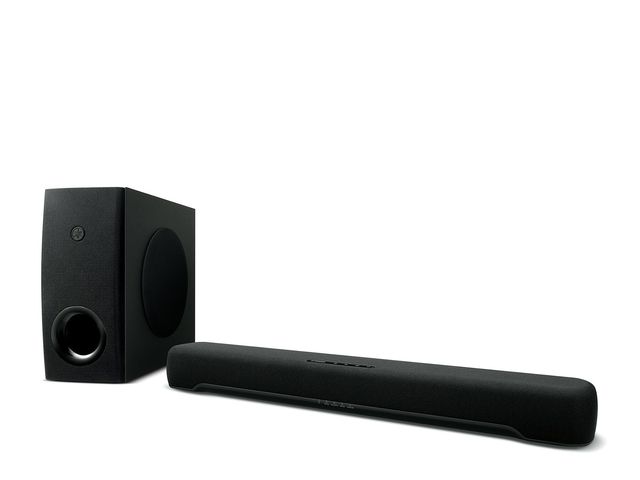In recent years, the concept of a “smart home” has transitioned from a futuristic dream to an everyday reality for millions worldwide. At the heart of this revolution lies the Internet of Things (IoT), a network of connected devices that communicate, automate, and enhance our daily lives in ways we never imagined. But what exactly makes our devices smarter, and how is IoT shaping the future of home living? Let’s explore the fascinating world of smart homes and IoT and understand why our devices are getting smarter every day.
What Is a Smart Home?
A smart home is a residence equipped with technology that enables the automation, monitoring, and remote control of household systems and appliances. These systems can include lighting, heating, security cameras, entertainment devices, and even kitchen appliances. The primary goal is to increase convenience, efficiency, comfort, and security for residents.
Smart homes operate through interconnected devices that share data and work collaboratively. For example, a smart thermostat can adjust the temperature based on your preferences and presence at home, or smart lights can turn on as you enter a room and turn off when you leave, conserving energy.
Understanding IoT: The Backbone of Smart Homes
The Internet of Things refers to the vast network of physical objects—devices, sensors, appliances—that connect to the internet, enabling them to collect and exchange data. In the context of smart homes, IoT allows these devices to communicate with each other and with users via smartphones, voice assistants, or automation routines.
The key components of IoT in smart homes include:
- Sensors: Devices that detect environmental changes such as motion, temperature, humidity, or light.
- Connectivity: Wi-Fi, Bluetooth, Zigbee, or other protocols that enable communication between devices.
- Data Processing: Cloud servers or edge devices that analyze data and make decisions.
- User Interface: Mobile apps, voice commands, or control panels through which users interact with the system.
Thanks to these components, everyday objects become “smart,” capable of self-regulating, learning user preferences, and even predicting needs.
How Are Devices Getting Smarter?
- Integration of AI and Machine Learning
One of the biggest reasons our smart home devices are becoming smarter is the integration of Artificial Intelligence (AI) and Machine Learning (ML). These technologies allow devices to learn from user behavior, adapt to changing patterns, and make intelligent decisions without constant human intervention.
For example, smart thermostats like Google Nest learn your schedule and temperature preferences over time. They automatically adjust heating and cooling to optimize comfort and energy efficiency. Similarly, AI-powered security cameras can differentiate between familiar faces, pets, or strangers, reducing false alarms.
- Improved Connectivity and Interoperability
Earlier, many smart home devices operated in isolation or required different apps and hubs to function. Now, standards like Matter (a new universal connectivity protocol) are driving interoperability between devices from different manufacturers. This means your smart light from one brand can seamlessly communicate with your voice assistant from another, creating a unified and intuitive experience.
- Edge Computing
Instead of sending all data to the cloud, some smart devices now use edge computing—processing data locally on the device. This reduces latency, enhances privacy, and allows for faster decision-making. For example, a smart doorbell with edge computing can recognize visitors and alert homeowners instantly without waiting for cloud processing.
- Voice Control and Natural Language Processing
Voice assistants such as Amazon Alexa, Google Assistant, and Apple Siri have transformed how we interact with smart homes. Advances in natural language processing enable these assistants to understand complex commands, answer questions, and even hold simple conversations, making device control easier and more accessible.
- Enhanced Security Features
As smart devices handle sensitive personal data, manufacturers are improving security with encryption, secure boot processes, and regular firmware updates. Some devices also include biometric authentication or multi-factor verification to ensure only authorized users can control the system.
Popular Smart Home Devices and Their Functions
- Smart Thermostats: Automatically adjust heating/cooling, save energy, and can be controlled remotely.
- Smart Lighting: Control brightness, color, and schedules via apps or voice commands.
- Smart Security Systems: Cameras, doorbells, and sensors that provide real-time monitoring and alerts.
- Smart Speakers and Voice Assistants: Central hubs for controlling other smart devices and accessing information.
- Smart Appliances: Refrigerators that track groceries, ovens you can preheat remotely, and washing machines with smart cycles.
- Smart Plugs and Switches: Convert traditional appliances into smart devices by allowing remote control.
Benefits of Smart Homes
- Convenience
Imagine arriving home and having your lights turn on, the thermostat set to your preferred temperature, and your favorite music playing—all automatically. Smart homes reduce manual tasks, giving residents more comfort and time.
- Energy Efficiency
By optimizing the use of lighting, heating, and appliances, smart homes can significantly reduce energy consumption. This not only saves money on bills but also reduces environmental impact.
- Security
Smart security systems provide real-time monitoring, instant alerts, and remote access to cameras and locks. Some systems can even simulate presence when you’re away to deter burglars.
- Accessibility
For elderly or disabled individuals, smart homes can provide essential assistance, such as voice-activated controls, automated lighting, and fall detection sensors.
- Customization
Smart homes adapt to individual preferences, routines, and lifestyles, offering a personalized living experience.
Challenges and Considerations
Despite their many advantages, smart homes and IoT devices come with challenges:
- Privacy Concerns: Continuous data collection raises questions about who has access to your personal information.
- Security Risks: Poorly secured devices can be vulnerable to hacking.
- Compatibility Issues: Not all devices work seamlessly together.
- Cost: Initial setup can be expensive.
- Complexity: Managing multiple devices and apps can be overwhelming for some users.
Manufacturers and users must work together to address these challenges by adopting best security practices, ensuring data privacy, and promoting easy-to-use interfaces.
The Future of Smart Homes and IoT
Looking ahead, the evolution of smart homes is poised to accelerate with emerging technologies:
- 5G Connectivity: Faster and more reliable connections will improve real-time communication between devices.
- AI Advances: Smarter algorithms will enable predictive and proactive automation.
- Augmented Reality (AR) and Virtual Reality (VR): Enhanced home control interfaces and immersive experiences.
- Sustainability: Integration with renewable energy sources and smart grids.
- Health Monitoring: Advanced sensors to track wellness and provide medical alerts.
As technology continues to advance, our homes will become even more intuitive, secure, and environmentally friendly, enhancing our quality of life in unprecedented ways.
Final Thoughts
Smart homes powered by IoT are transforming the way we live—offering convenience, efficiency, security, and personalization. As devices continue to get smarter, they will seamlessly blend into our daily routines, anticipating our needs and making life easier. However, with great connectivity comes great responsibility to protect our privacy and security. By staying informed and choosing trusted technologies, we can enjoy the full benefits of the smart home revolution.
Are you ready to make your home smarter? The future is already knocking at your door!



